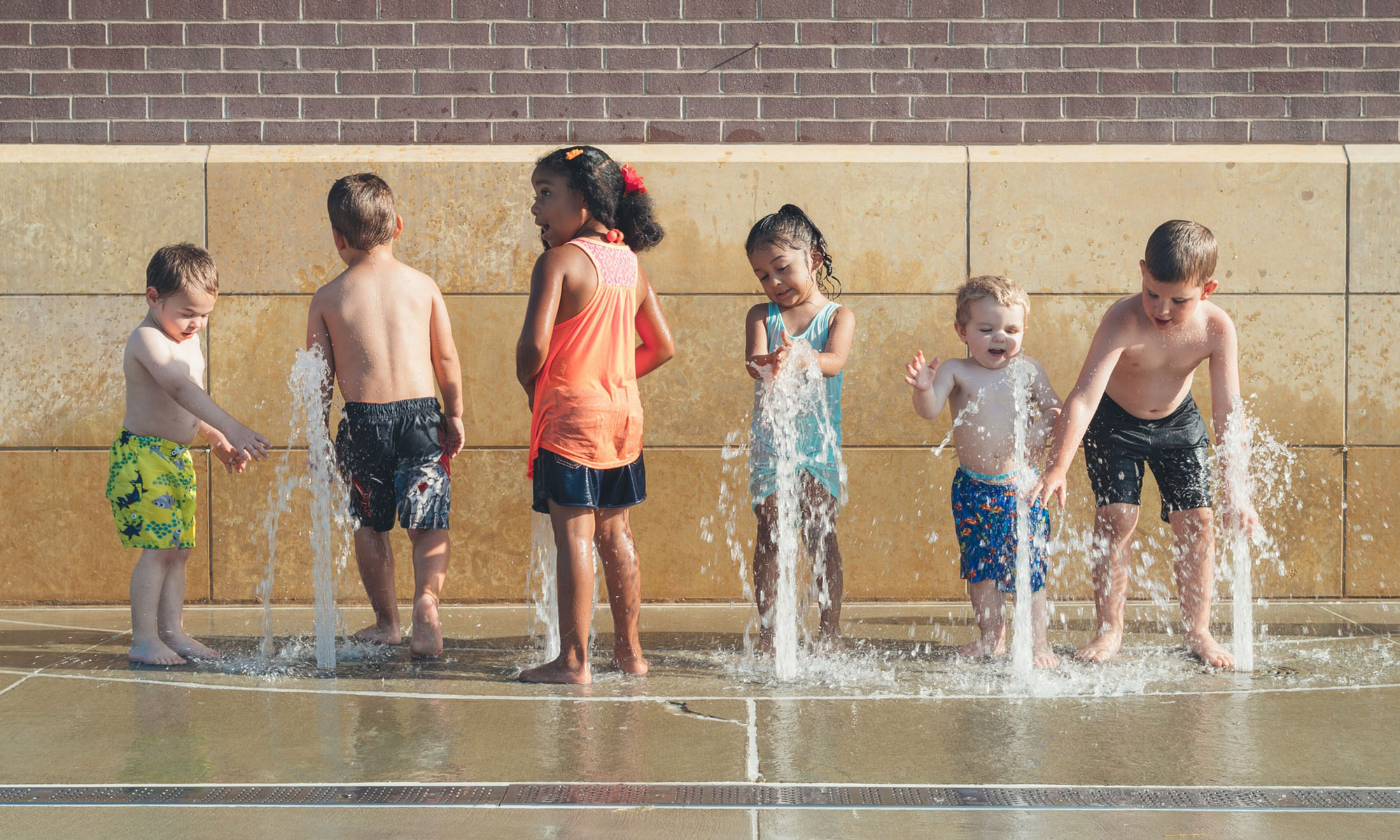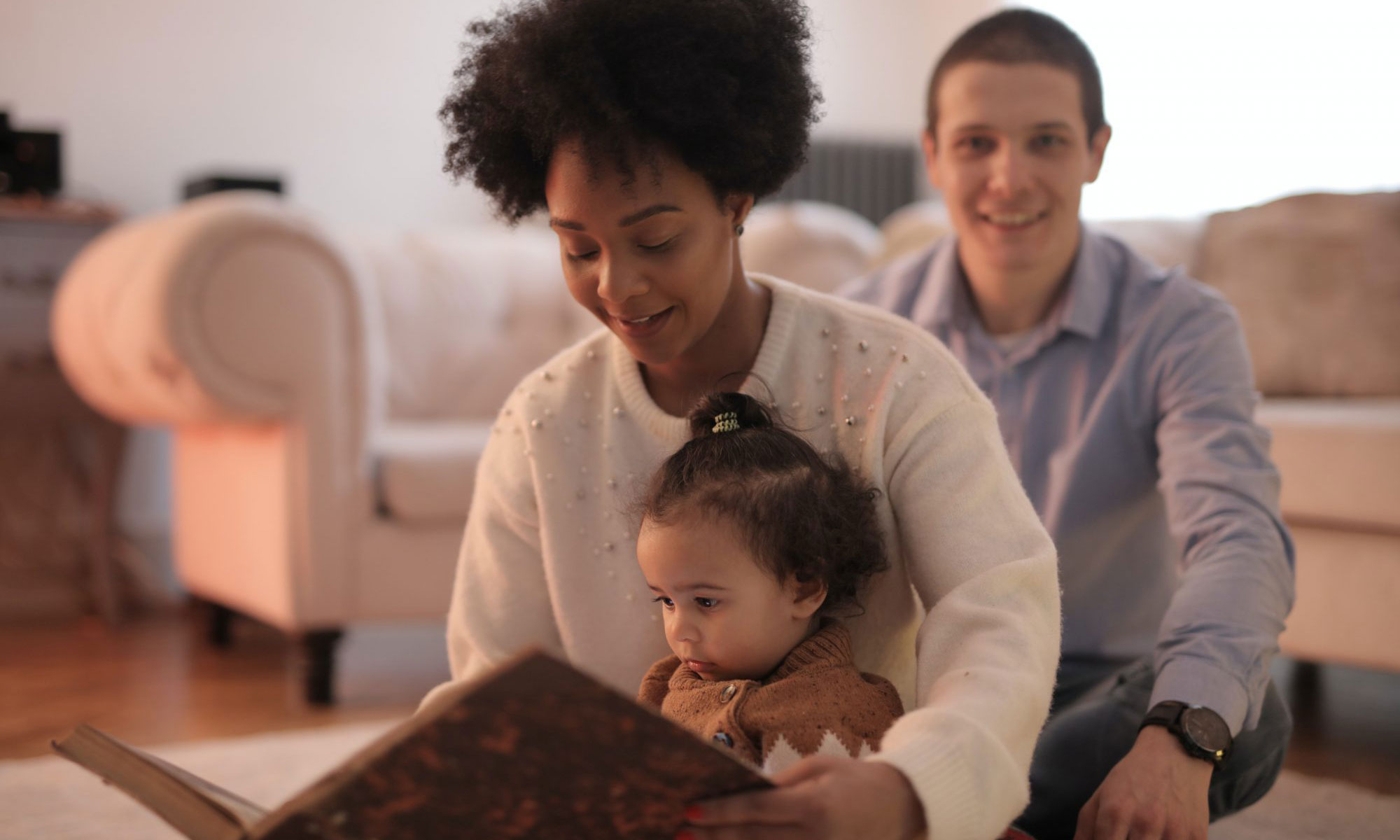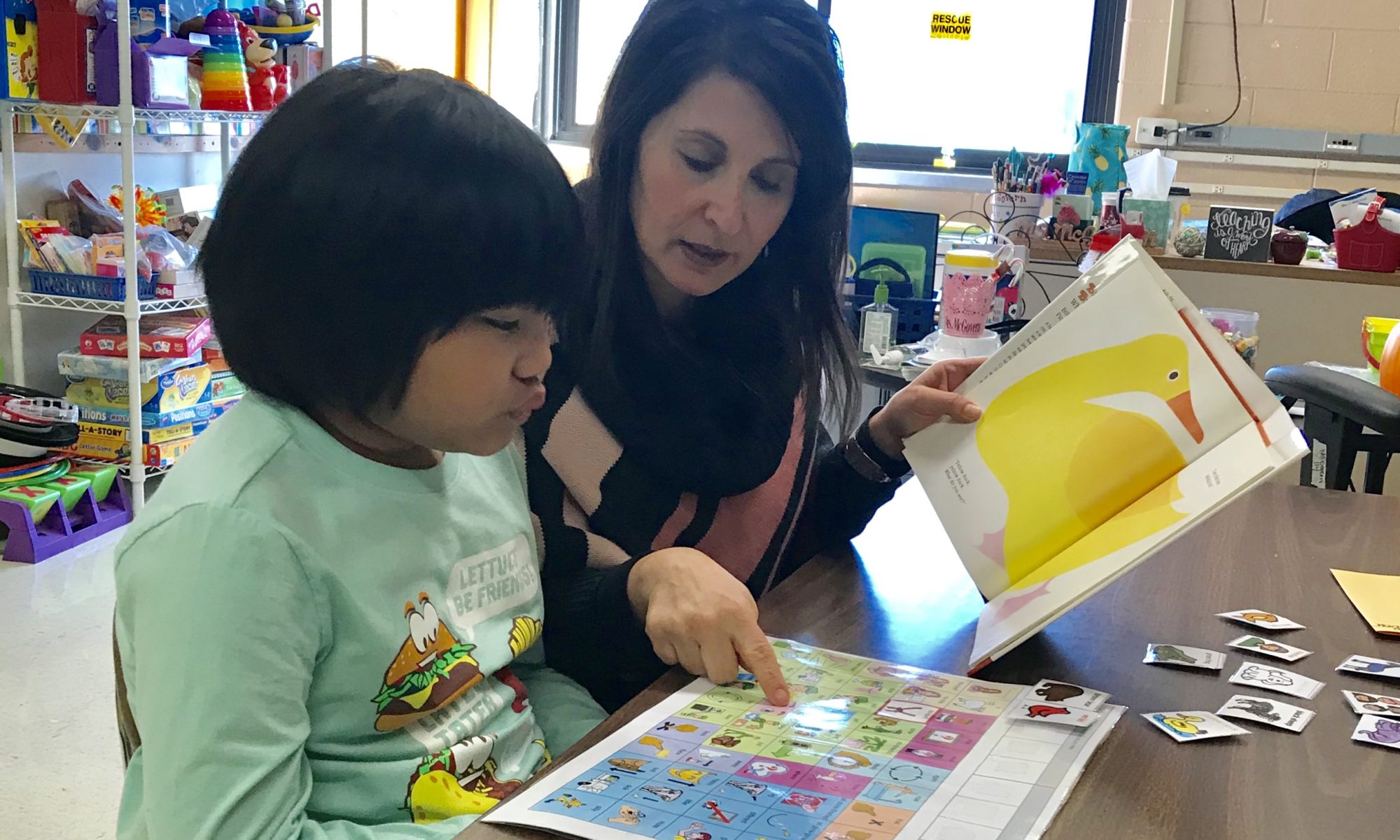I recently followed an interaction between communication professionals on twitter in which they commented on the difference between compliance and engagement in interacting with young children. It made me acknowledge that Twitter can be used in really constructive ways: These short messages can make you think! Please see the postings as well as the comments on the postings below (Nov. 13 & 14, 2020).
Twitter Postings and Comments on Compliance and Engagement
(November 13 & 14, 2020)
Communication isn’t about pressing buttons to get things. Communication is about deepening connection, meaning-making and engagement. These things drive us to keep communicating (Alex de la Nuez).
Let’s not confuse compliance with engagement. Doing something I don’t necessarily want because someone tells me to do it is compliance. Doing something I want to do because you’ve inspired me to make my own choice is engagement. (Chris Bugaj).
Comments:
• True, true, but we all have to do things that we don’t find engaging. (Cathryn Robbins)
• True. Compliance also isn’t always learning. Following directions doesn’t necessarily mean content is being learned. This can be especially true for students with language delays. (Mollie Kropp)
These postings and comments highlight some important concepts in thinking about the differentiation between compliance and engagement. I briefly summarize the primary points below.
Continue reading “Compliance and Engagement in Interaction with a Child Who Is Nonverbal”






